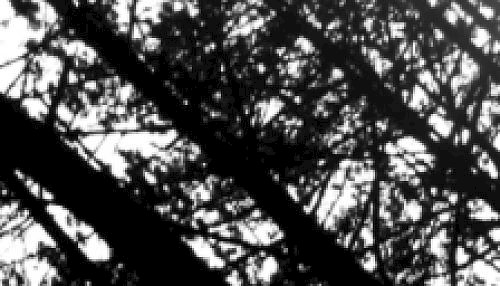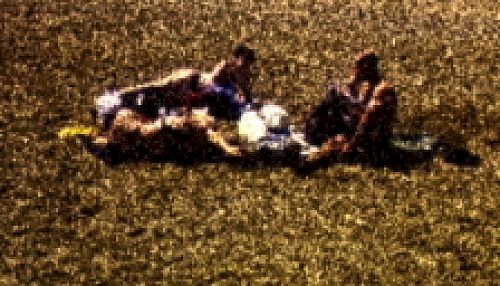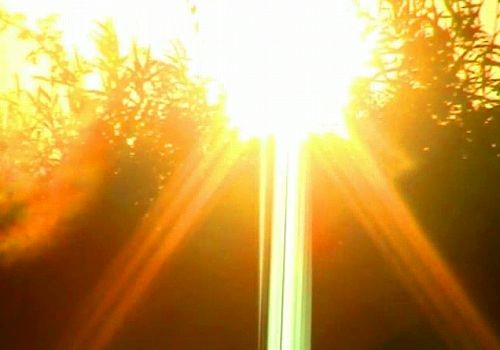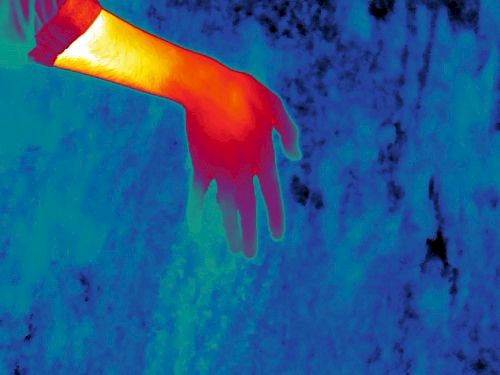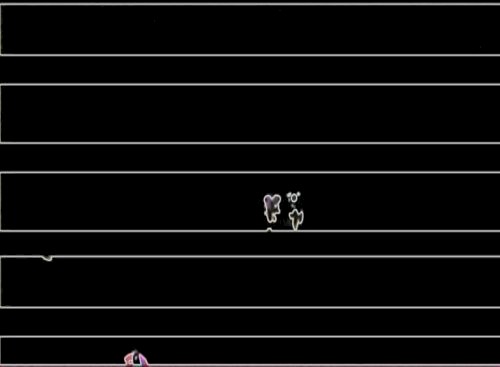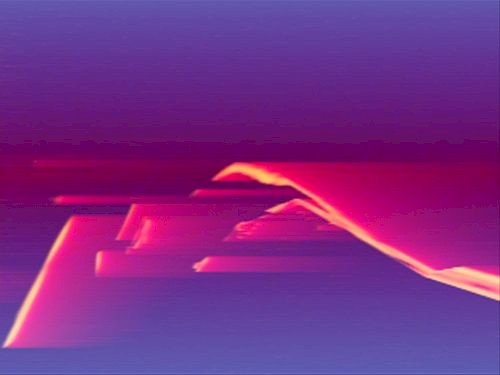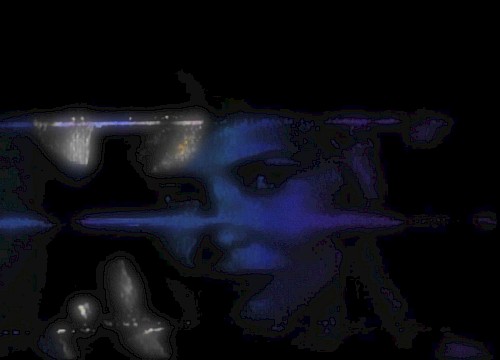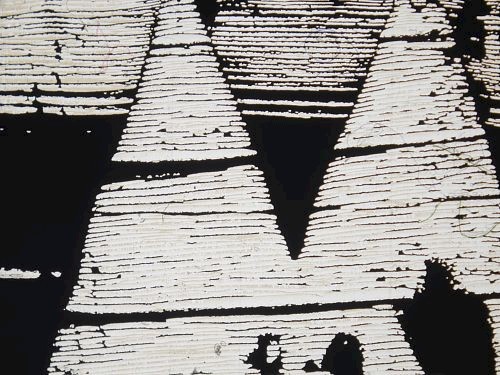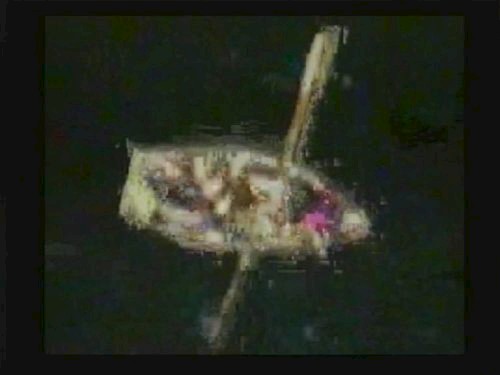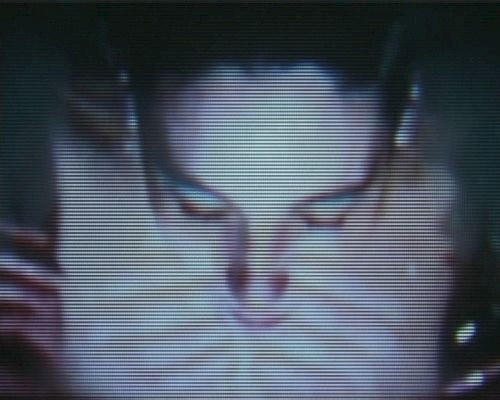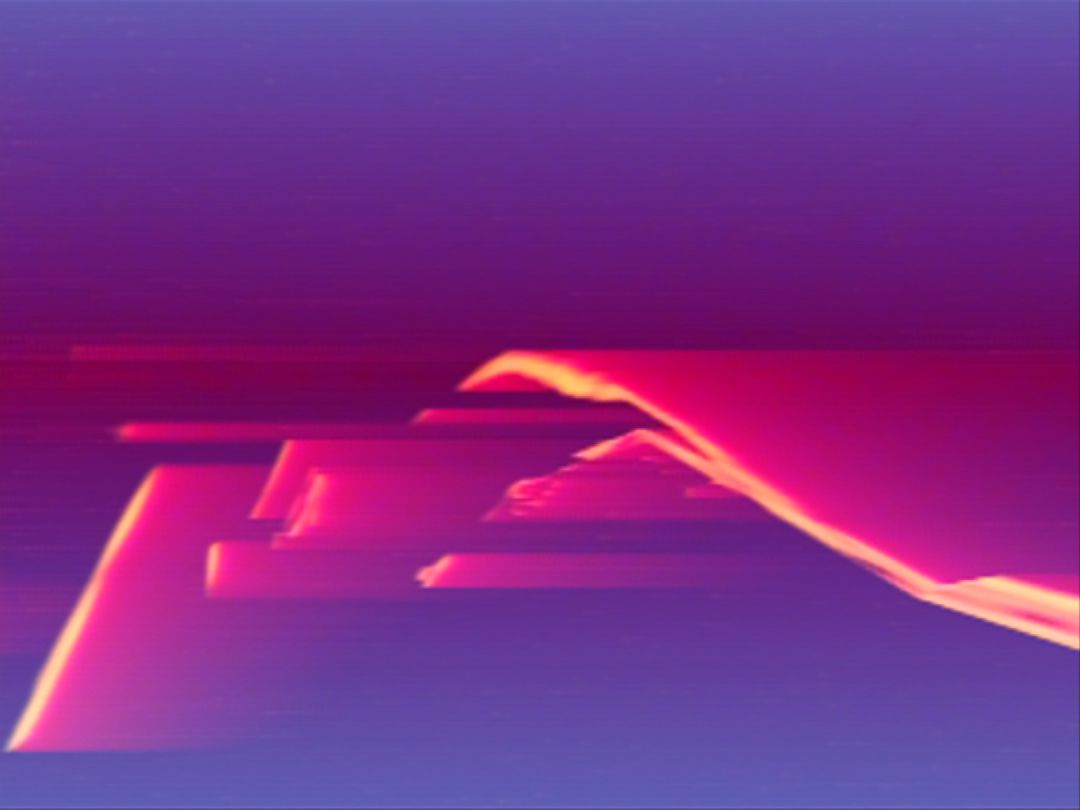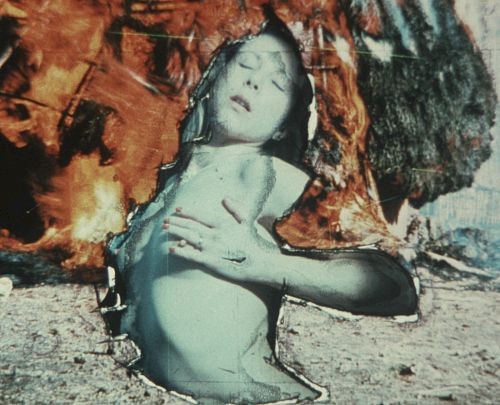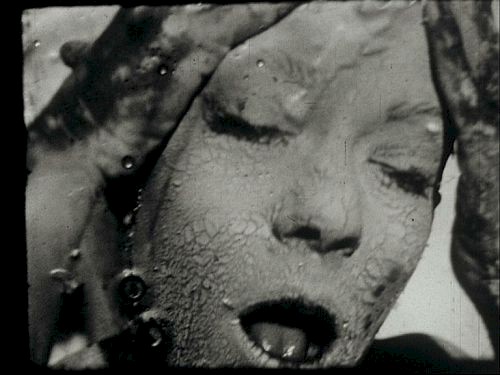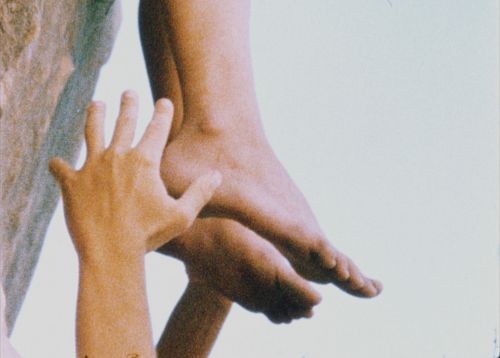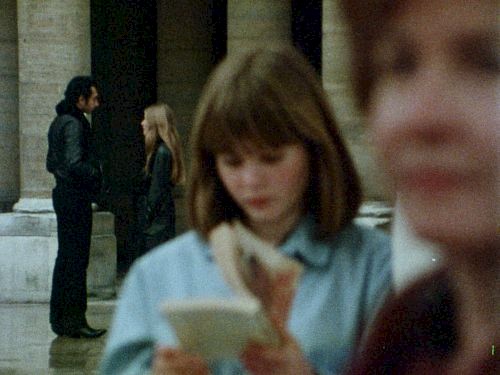“Hacking is therefore not unique to computers; it exists wherever there are rules. To hack a system, one must know its rules better than those who set or enforce them, and exploit the fragile distance between the original design and how it actually works or can be implemented. By taking advantage of these unintended uses, hackers are not so much breaking the existing rules as they are discrediting them.” - Edward Snowden, Permanent Record, 2019
Since 1990, in the field of filmic arts, an artistic uprising took place to defeat the digital audiovisual on its own ground: the signal. Signal is the very essence of digital sound and image: coded information, material and invisible to the naked eye - electric, electronic or electromagnetic - circulating through the hardware of the age of the internet (cameras, computers, optical fibers, servers, screens, projectors, speakers, antennas, balloons and stratospheric drones, high-altitude platforms, satellites, etc.), and saturating the space of our lives as well as the earth’s atmosphere with waves. Signal processing is the set of algorithmic methods that allow to codify, transmit and interpret information-carrying signals. Its access, of a capital importance, is the object of a spoliation. Thus, some artists are made aware of the following mutable paradox: on the one hand, professional and general public digital tools are built like “black boxes” - closed systems whose sophisticated internal functioning is kept secret - at the heart of which the signal processing is carefully made opaque and inaccessible. On the other hand, private companies and government intelligence services possess an evolving technological power of interception and investigation of signals to carry out their surveillance and profiling operations on a global scale. How, under these conditions, can we develop a free, sensitive and demanding artistic research? This session proposes to identify some of the main lines of a spontaneous and collective current of filmmakers from all over the world, who, challenging this asymmetry of means, discover the internal operations of the machines, learn their language and enrich a technical arsenal capable of taking hold of the filmic signal.
The technological supports, following a traditional analysis based on their intrinsic specificities, converge. Indeed, inventors, engineers and scientists design the operation of the devices for sound and images recording and distributing according to the same great operations known for 150 years and comparable to what we call the computation of the signal: first, the detection of the luminous and sound waves and their conversion in signal; then, the coding of the signal; finally, the reconstruction of the signal in visible light and audible sound for the audience. The filmic signal allows to think together the audiovisual supports (optical, silver, videographic, digital) in their continuity and simultaneity. Thus, retrospectively, and since the digital era, filmic technologies can be reinscribed in the history of telecommunications. The filmic signal, highly standardized, conveys a technicist ideology. To the computation of the signal, the artists oppose an intelligence of the signal which proceeds simultaneously to a criticism of the programming technology which aims at freeing the code and the standards of visuality, in other words, plasticities of the signal.
The three main areas of investigation of the signal can be called : increasing detection (to improve and amplify it), hacking coding (to fight against the technical industries’ understanding of signal processing), recoding reconstruction (to make it more complex).
The intelligence of the signal developed by the artists, which goes through all the history of the filmic arts, denotes a technical, ethical, political and aesthetical stake at once. The understanding of the signal leads to the creative appropriation of technologies, necessary to a potential artistic emancipation.
— Bidhan Jacobs

